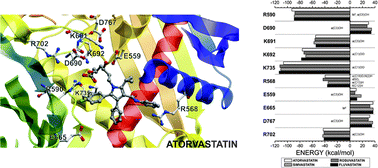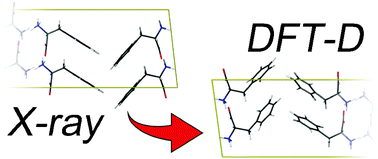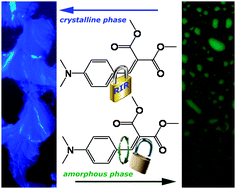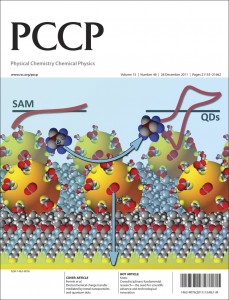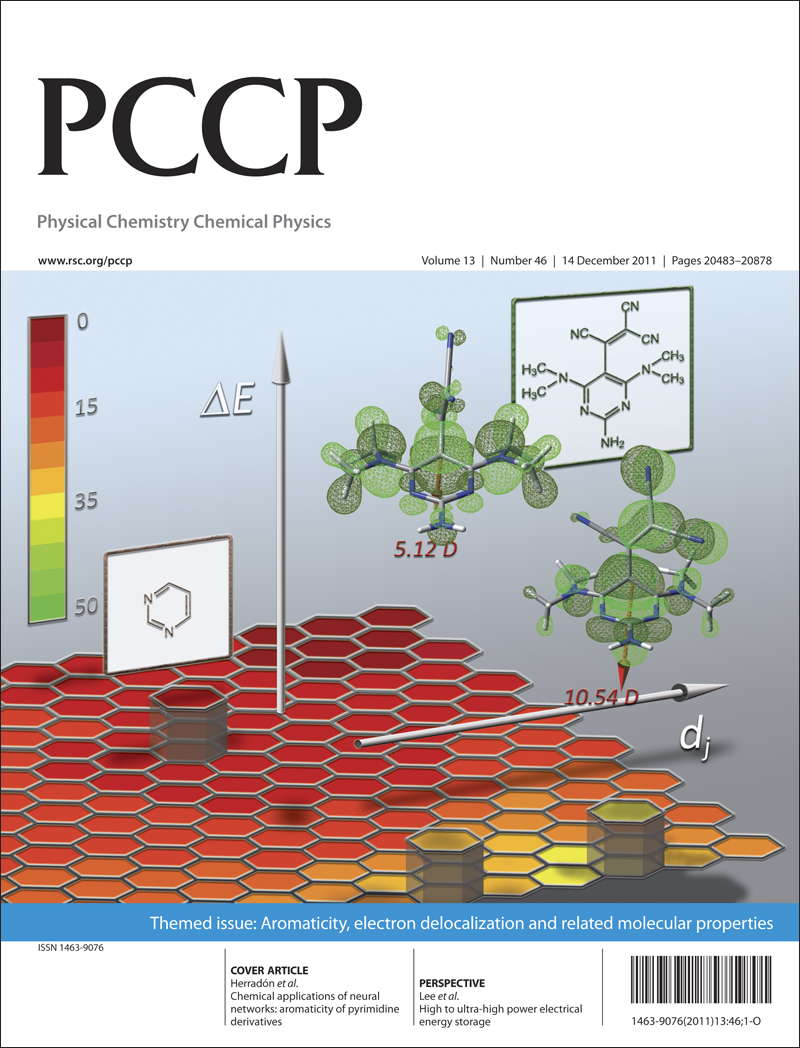This month sees the following articles in PCCP that are in the top ten most accessed in November:
Urine utilisation by microbial fuel cells; energy fuel for the future
Ioannis Ieropoulos, John Greenman and Chris Melhuish
Phys. Chem. Chem. Phys., 2012, 14, 94-98
DOI: 10.1039/C1CP23213D
Physics and chemistry of water and ice
Carlos Vega, Jose Luis F. Abascal and Pablo G. Debenedetti
Phys. Chem. Chem. Phys., 2011, 13, 19660-19662
DOI: 10.1039/C1CP90177J
Do we fully understand what controls chemical selectivity?
Julia Rehbein and Barry K. Carpenter
Phys. Chem. Chem. Phys., 2011, 13, 20906-20922
DOI: 10.1039/C1CP22565K
Nanoconfinement effects in energy storage materials
Maximilian Fichtner
Phys. Chem. Chem. Phys., 2011, 13, 21186-21195
DOI: 10.1039/C1CP22547B
Graphene-based electrochemical energy conversion and storage: fuel cells, supercapacitors and lithium ion batteries
Junbo Hou, Yuyan Shao, Michael W. Ellis, Robert B. Moore and Baolian Yi
Phys. Chem. Chem. Phys., 2011, 13, 15384-15402
DOI: 10.1039/C1CP21915D
Simulating water with rigid non-polarizable models: a general perspective
Carlos Vega and Jose L. F. Abascal
Phys. Chem. Chem. Phys., 2011, 13, 19663-19688
DOI: 10.1039/C1CP22168J
On the nature and signatures of the solvated electron in water
B. Abel, U. Buck, A. L. Sobolewski and W. Domcke
Phys. Chem. Chem. Phys., 2012, 14, 22-34
DOI: 10.1039/C1CP21803D
Glass transition and phase state of organic compounds: dependency on molecular properties and implications for secondary organic aerosols in the atmosphere
Thomas Koop, Johannes Bookhold, Manabu Shiraiwa and Ulrich Pöschl
Phys. Chem. Chem. Phys., 2011, 13, 19238-19255
DOI: 10.1039/C1CP22617G
Perspectives of relativistic quantum chemistry: the negative energy cat smiles
Wenjian Liu
Phys. Chem. Chem. Phys., 2012, 14, 35-48
DOI: 10.1039/C1CP21718F
Density functional theory for transition metals and transition metal chemistry
Christopher J. Cramer and Donald G. Truhlar
Phys. Chem. Chem. Phys., 2009, 11, 10757-10816
DOI: 10.1039/B907148B
Why not take a look at the articles today and blog your thoughts and comments below.
Fancy submitting an article to PCCP? Then why not submit to us today!
Comments Off on Top Ten most-read PCCP articles in November
 Physical Chemistry Chemical Physics (PCCP) is delighted to announce that Professor Mattanjah de Vries, of the University of California Santa Barbara, has joined the Advisory Board of the journal.
Physical Chemistry Chemical Physics (PCCP) is delighted to announce that Professor Mattanjah de Vries, of the University of California Santa Barbara, has joined the Advisory Board of the journal.










